Ornamental Okra Plants: Tips On Growing Okra In Containers And Garden Beds
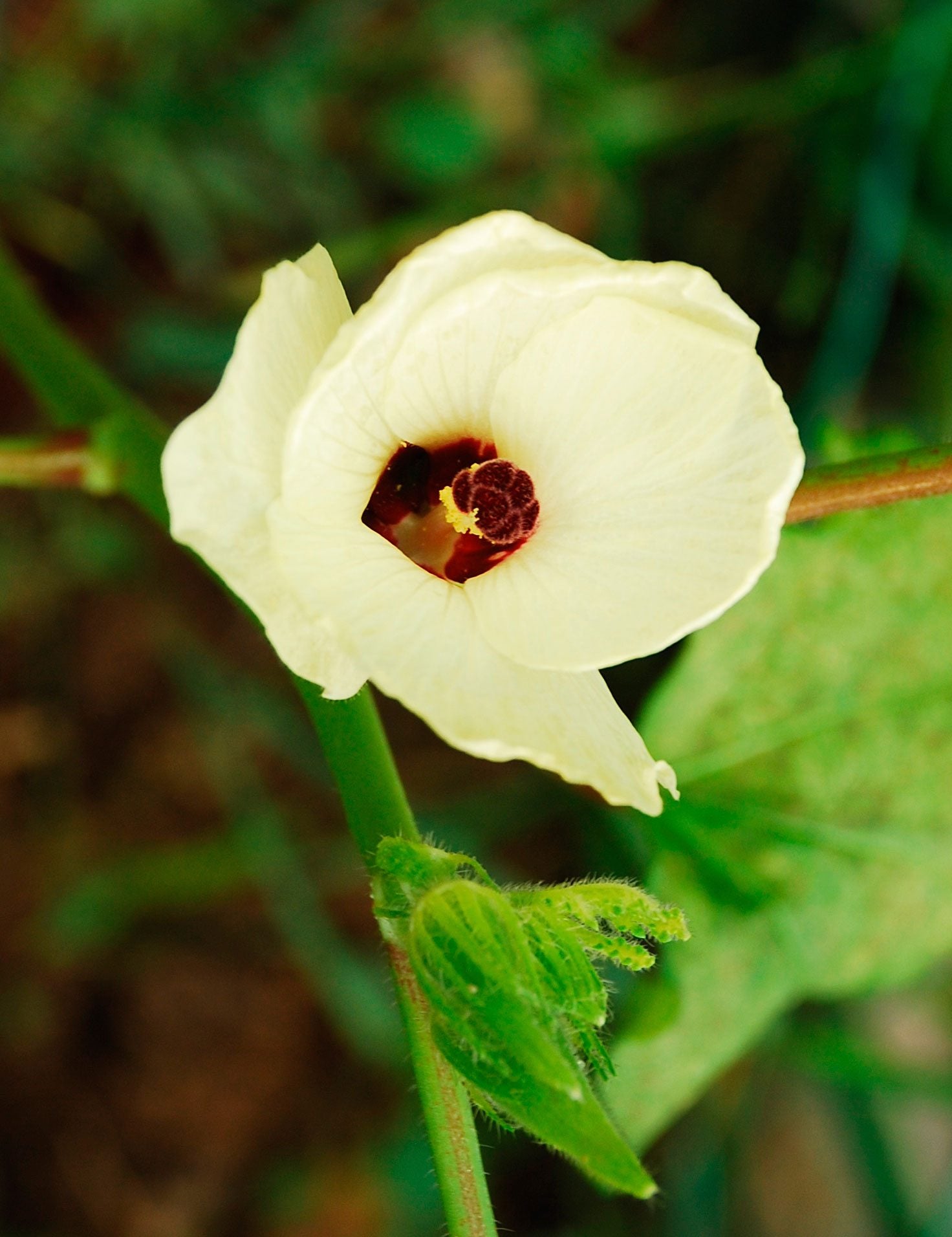

Okra is a nutrient-rich vegetable with a mild flavor that makes it a popular choice for gumbo and other flavorful dishes. However, okra isn't on the vegetable hit parade for some people, mostly because it's difficult to ignore that distinctive, slimy texture. If you don't want to raise the vegetable for eating, you can still grow ornamental okra plants. The big, hibiscus-like blooms are anything but unpleasant.
What is Ornamental Okra?
Okra is a heat-loving, tropical plant that displays big, bold, maple-like leaves and tall, sturdy stems. The delicate, almost otherworldly flowers, which last only a single day, appear from early summer until the first frost. All okra plants are ornamental, but certain varieties are showier than others. For example, cultivars such as 'Royal Burgundy' or 'Red Velvet' display bright green foliage with deep red veins, stems, and pods. Others, such as 'Silver Queen,' have dark green leaves that provide contrast with lime green pods.
Growing Okra as an Ornamental
Okra is easy to grow, but keep in mind that it is a summertime vegetable that needs bright sunlight, hot days, and warm nights. You can start seeds indoors four to six weeks before the last unexpected frost, or you can plant seeds directly in the garden when the temperature is consistently above 60 degrees F. (15 C.). Allow plenty of space; the plants may be bigger than you expect. Spread 2 or 3 inches (5-8 cm.) of organic mulch around the plants when the seedlings are about 3 inches (8 cm.) tall. Mulch, such as straw or shredded bark, will discourage growth of weeds and keep the soil warm if temperatures are chilly in early spring. Be careful not to overwater. Okra is a drought-tolerant plant that does just fine with about ½ inch (1 cm.) of water every week. If you skip a week here and there, no worries. Feed the plant occasionally throughout the growing season using a balanced garden fertilizer. You'll probably need to stake the plant. Most varieties become top heavy as they grow.
Can You Grow Okra in Pots?
If you don't have space for standard size plants that may reach heights of 3 to 5 feet (1-1.5 m.), dwarf varieties such as 'Baby Bubba' or 'Little Lucy' are small enough to grow in pots. To grow okra in containers, start with a fairly large pot with a diameter of at least 10 to 12 inches (25-31 cm.). A wide bottomed pot is best because the plant may become top heavy. Be sure the pot has a drainage hole in the bottom. Fill the container with a regular commercial potting mix that contains ingredients such as peat and vermiculite. Mix a small handful of any general-purpose fertilizer into the potting mix before planting. Caring for ornamental okra in containers is easy, but be sure to let the potting mix dry slightly between watering. Soggy, waterlogged soil may result in rot and other moisture-related diseases. To provide nourishment for healthy blooming mix a water-soluble fertilizer with the water once every four to six weeks.
Gardening tips, videos, info and more delivered right to your inbox!
Sign up for the Gardening Know How newsletter today and receive a free copy of our e-book "How to Grow Delicious Tomatoes".

A Credentialed Garden Writer, Mary H. Dyer was with Gardening Know How in the very beginning, publishing articles as early as 2007.
-
 Looking For Plants To Give You The Soft And Fuzzies? Try These 5 Fuzzy Leaf Plant Options
Looking For Plants To Give You The Soft And Fuzzies? Try These 5 Fuzzy Leaf Plant OptionsLovers of texture, drama, silver foliage and tactile plants will adore these special sensory garden additions. These fuzzy leaf plant options will leave you all aglow
By Susan Albert
-
 Get Ready For A Summer Of Hummers! Grow These Full Sun Hummingbird Plants and Flowers
Get Ready For A Summer Of Hummers! Grow These Full Sun Hummingbird Plants and FlowersIf you’re lucky enough to enjoy a sunny backyard, make sure you are maxing out on your pollinator opportunities and grow these full sun hummingbird plants and flowers
By Tonya Barnett
-
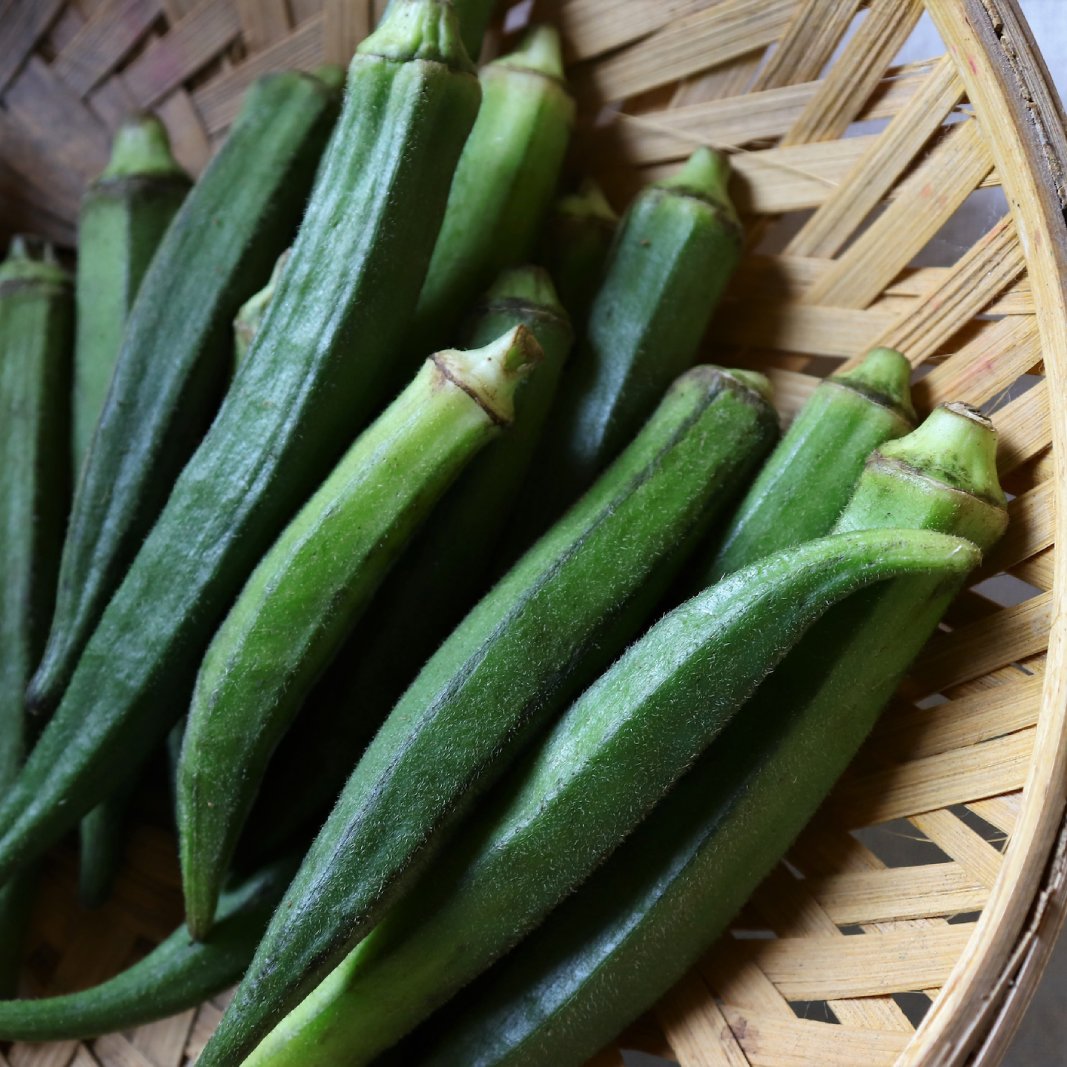 How To Store Okra After Picking
How To Store Okra After PickingLearn how to store fresh okra for up to a year by canning or freezing the harvest. For short-term storage it can go in the refrigerator for two or three days.
By Susan Albert
-
 Edible Okra Leaves – Can You Eat The Leaves Of Okra
Edible Okra Leaves – Can You Eat The Leaves Of OkraMany northerners may not have tried it, but okra is quintessentially southern and linked to the cuisine of the region. Even so, many southerners typically just use the okra pods in their dishes, but what about eating the okra leaves? Can you eat the leaves of okra? Find out here.
By Amy Grant
-
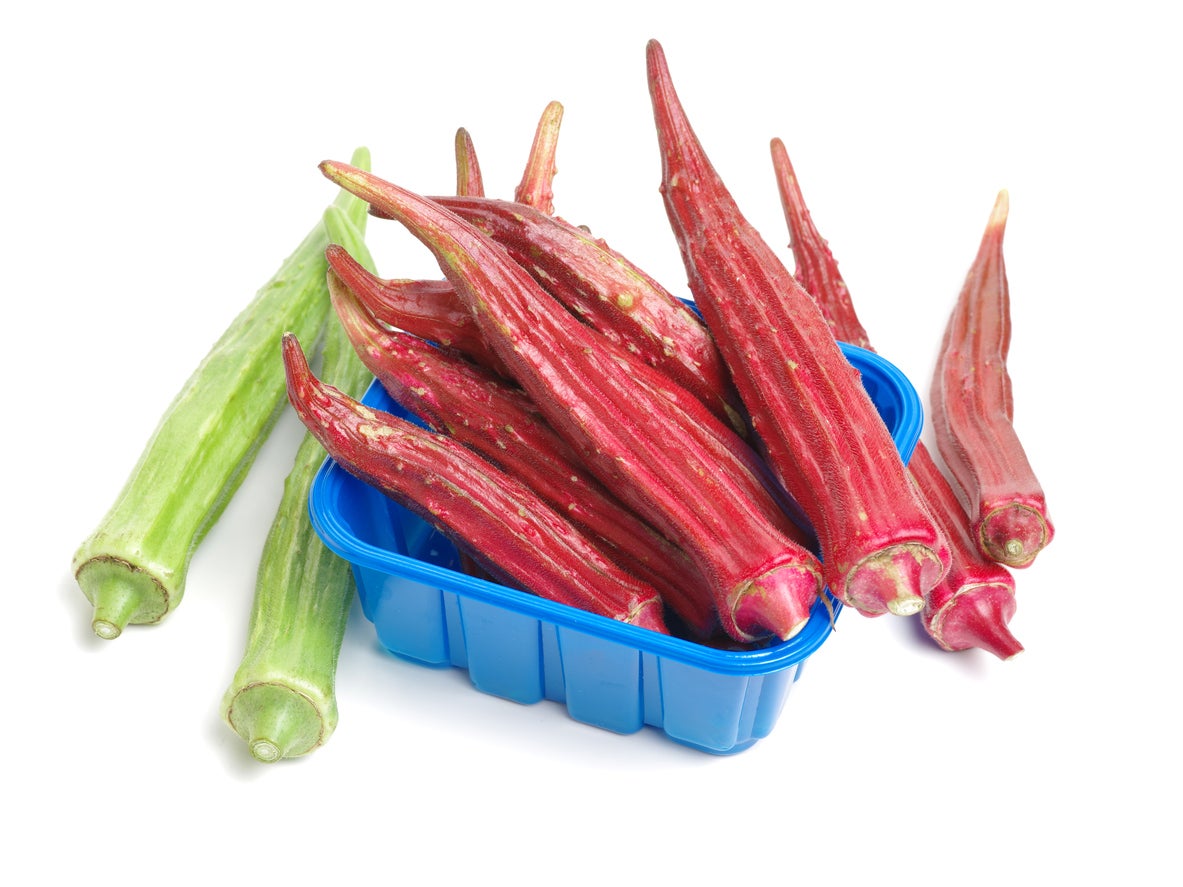 Okra Plant Varieties: Learn About Different Types Of Okra Plants
Okra Plant Varieties: Learn About Different Types Of Okra PlantsBy Teo Spengler
-
Okra Charcoal Rot Information: Learn About Treating Okra Charcoal Rot
Charcoal rot can be a devastating disease for a number of crops, causing rot in the roots and stems, inhibiting growth, and lowering yield. Charcoal rot of okra has the potential to wipe out that section of your garden and even infect other vegetables. Learn more here.
By Mary Ellen Ellis
-
Treating Blight On Okra Plants: Recognizing Southern Blight In Okra Crops
There are times when even the most ardent lover of okra is left with a bad taste in their mouth – and that is when there is blight on okra plants in the garden. Just what is okra southern blight and how do you treat okra with southern blight? Click here to find out.
By Shelley Pierce
-
Cotton Root Rot Of Okra: Managing Okra With Texas Root Rot
Cotton root rot of okra, is a nasty fungal disease that attacks many species of plants. The disease, which favors highly alkaline soils and hot summers, is limited to the Southwestern United States. Learn what you can do about okra with Texas root rot in this article.
By Mary H. Dyer
-
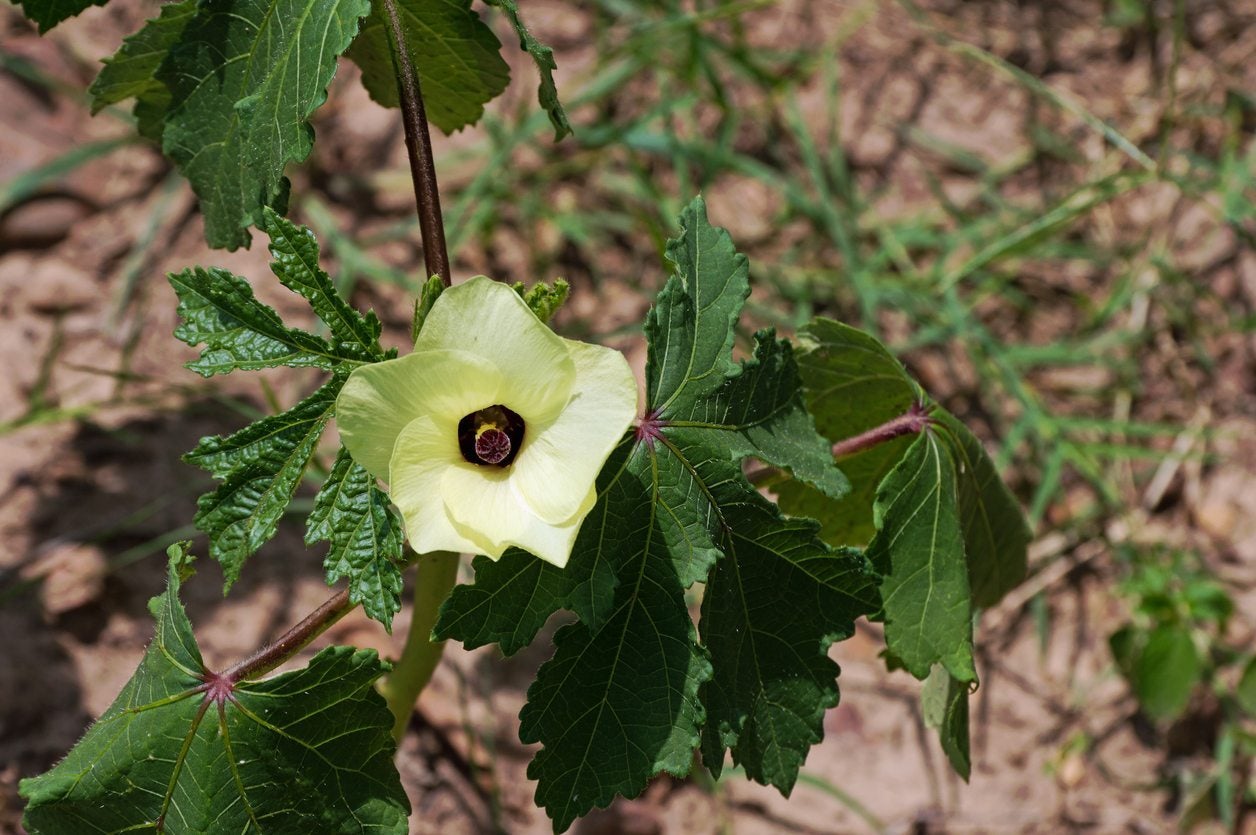 My Okra Flowers Are Falling Off: Reasons For Okra Blossom Drop
My Okra Flowers Are Falling Off: Reasons For Okra Blossom DropOkra is a beloved vegetable, partly because it can live and produce happily even in extreme heat. Because it's usually so reliable, it can be especially frustrating if your okra plant doesn't produce like it should. One such problem is okra blossom drop. Learn more here.
By Liz Baessler
-
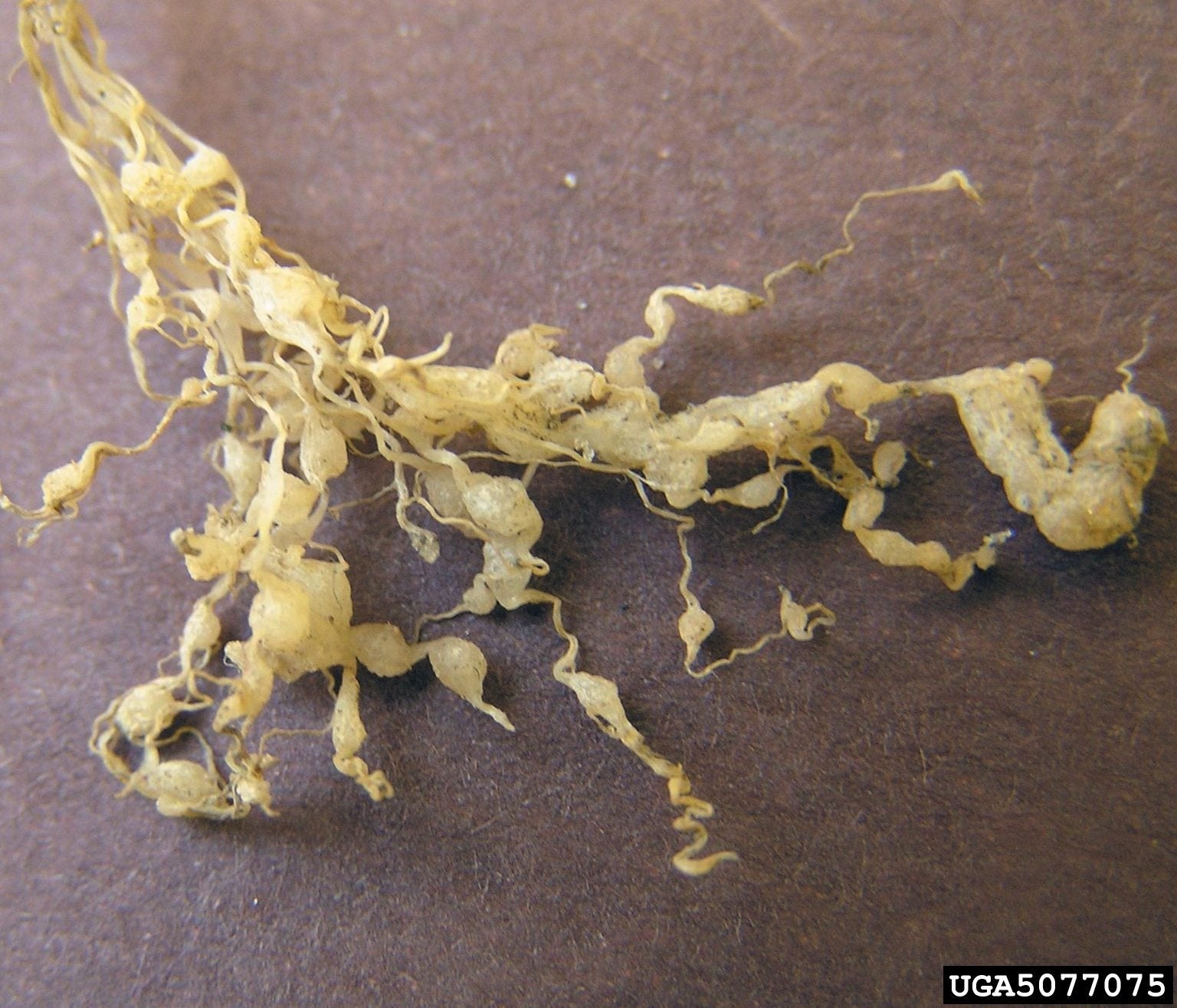 Nematode Okra Problems – Treating Okra With Root Knot Nematodes
Nematode Okra Problems – Treating Okra With Root Knot NematodesSouthern Americans are not the only ones who love their okra; okra root knot nematodes have a penchant for it as well. Okra with root knot nematodes can cause serious losses. How can root knot nematodes on okra be managed? This article can help with that.
By Amy Grant